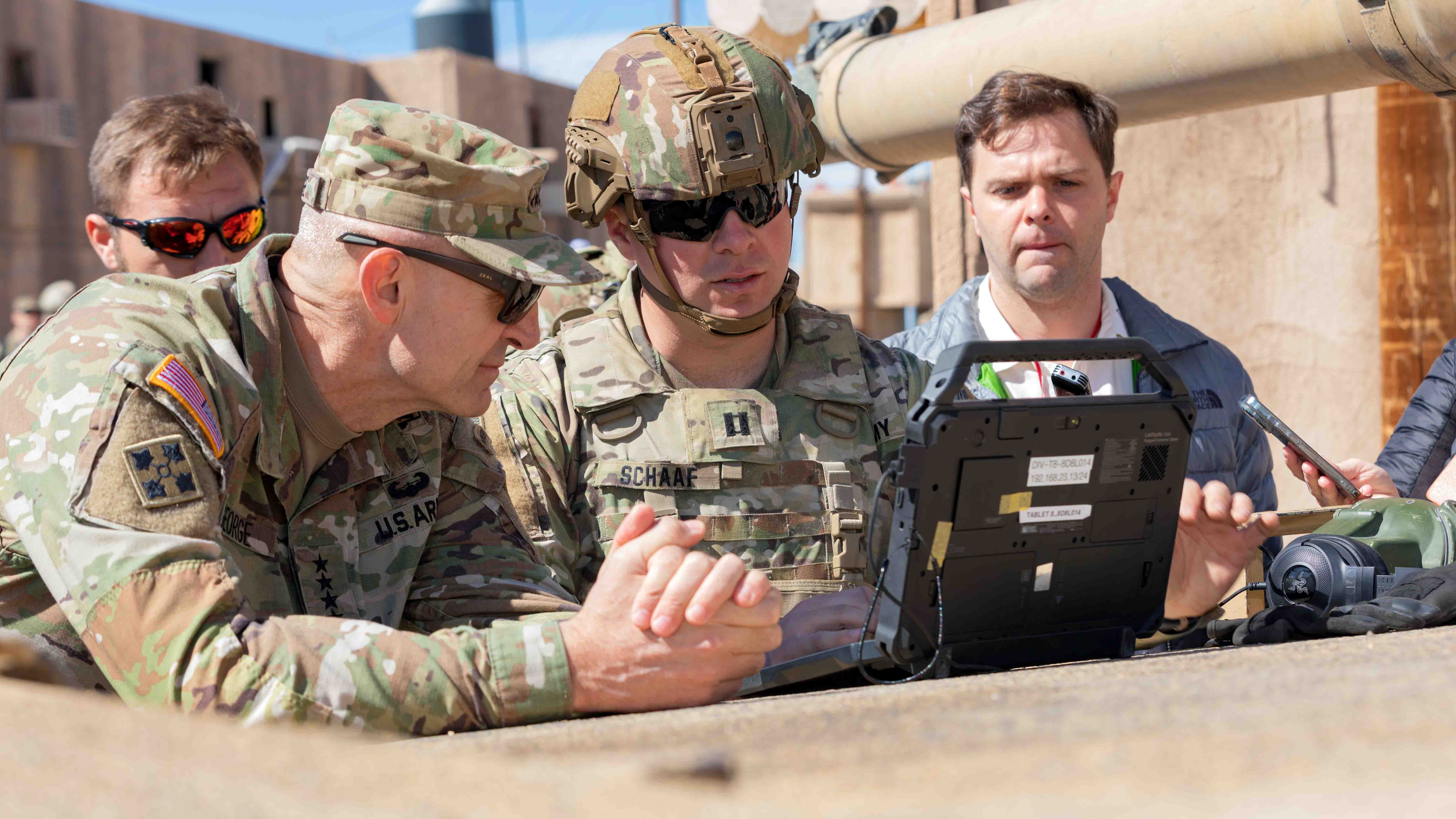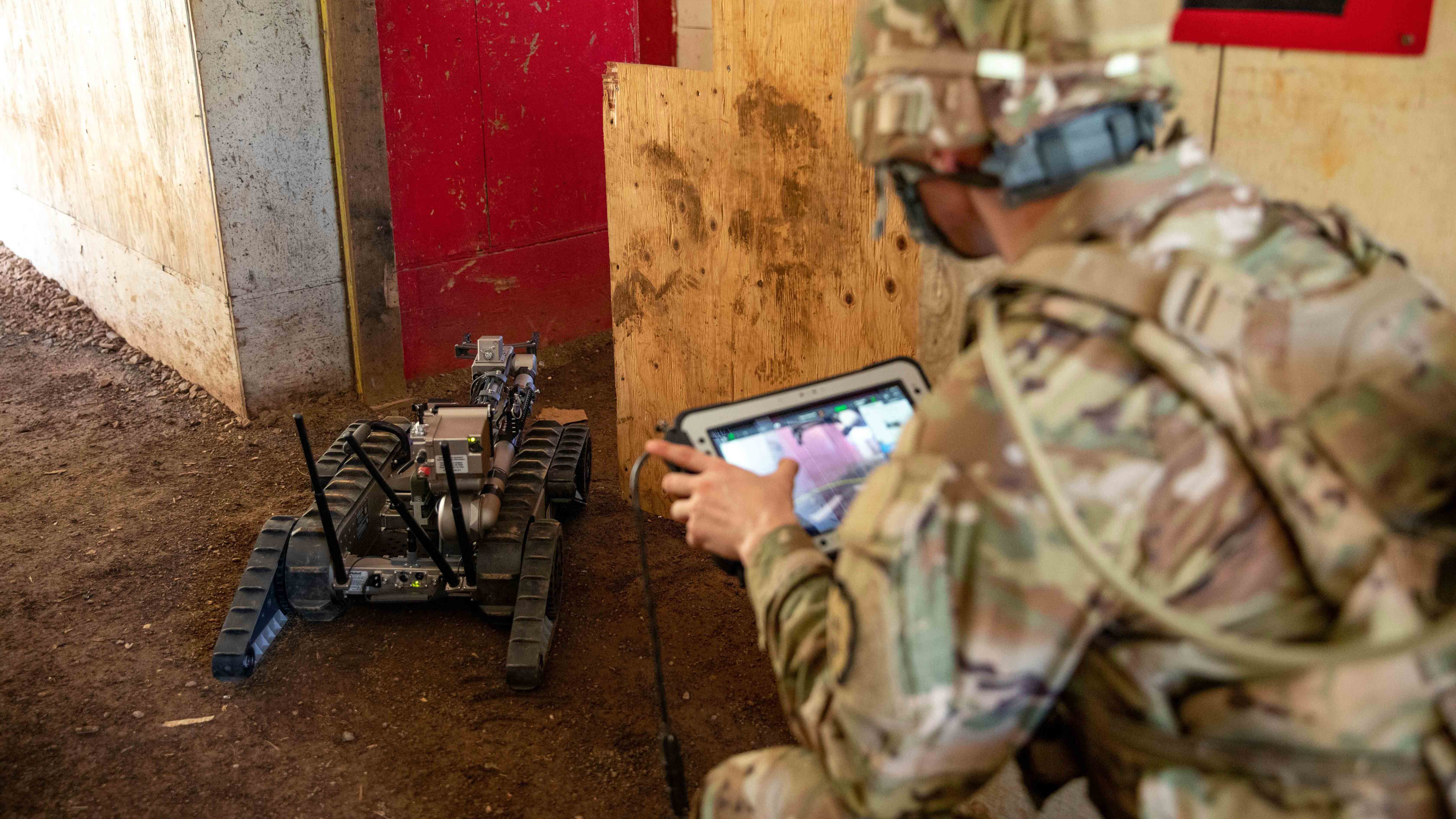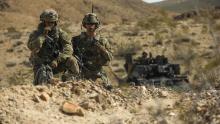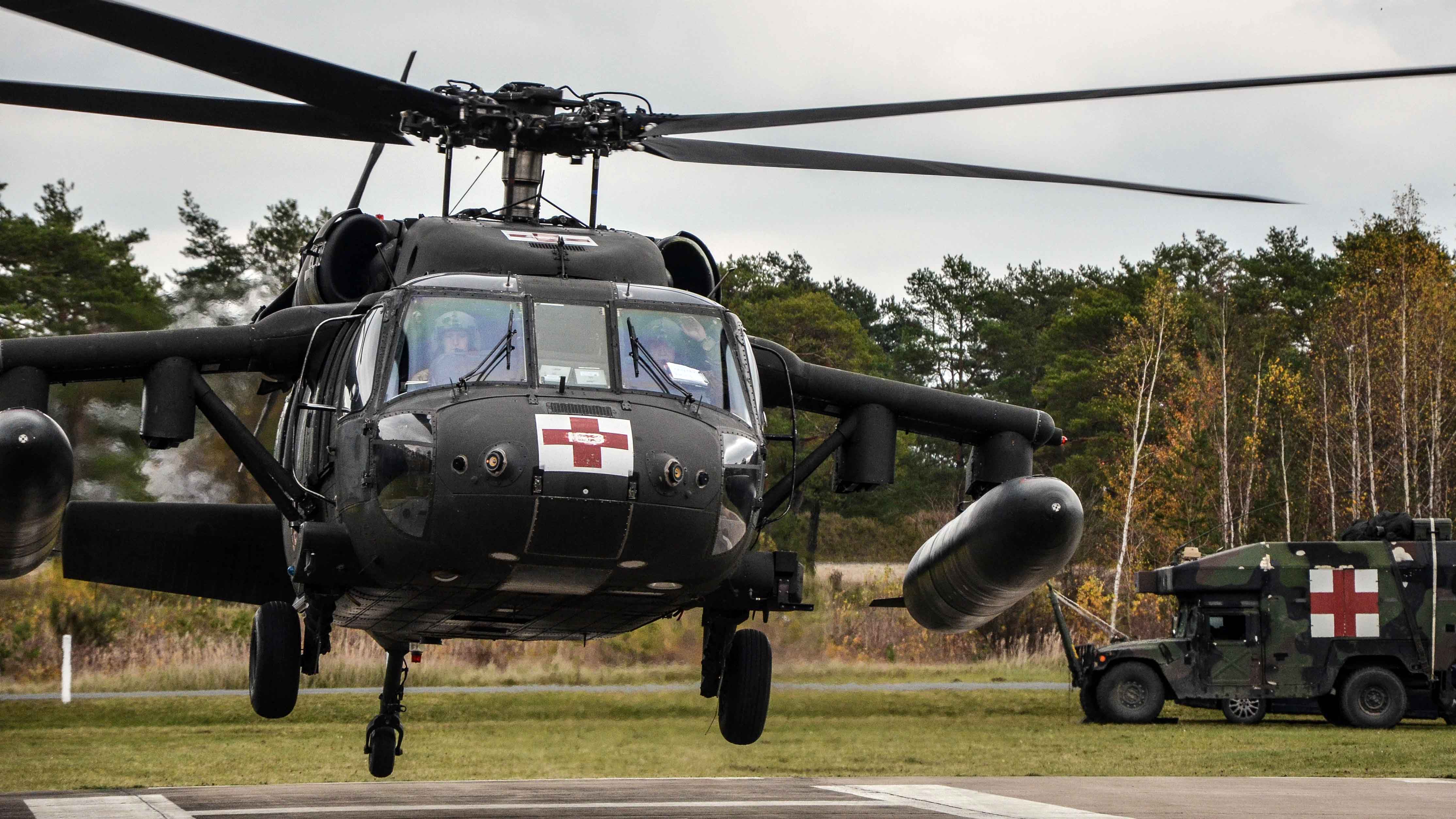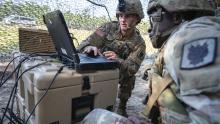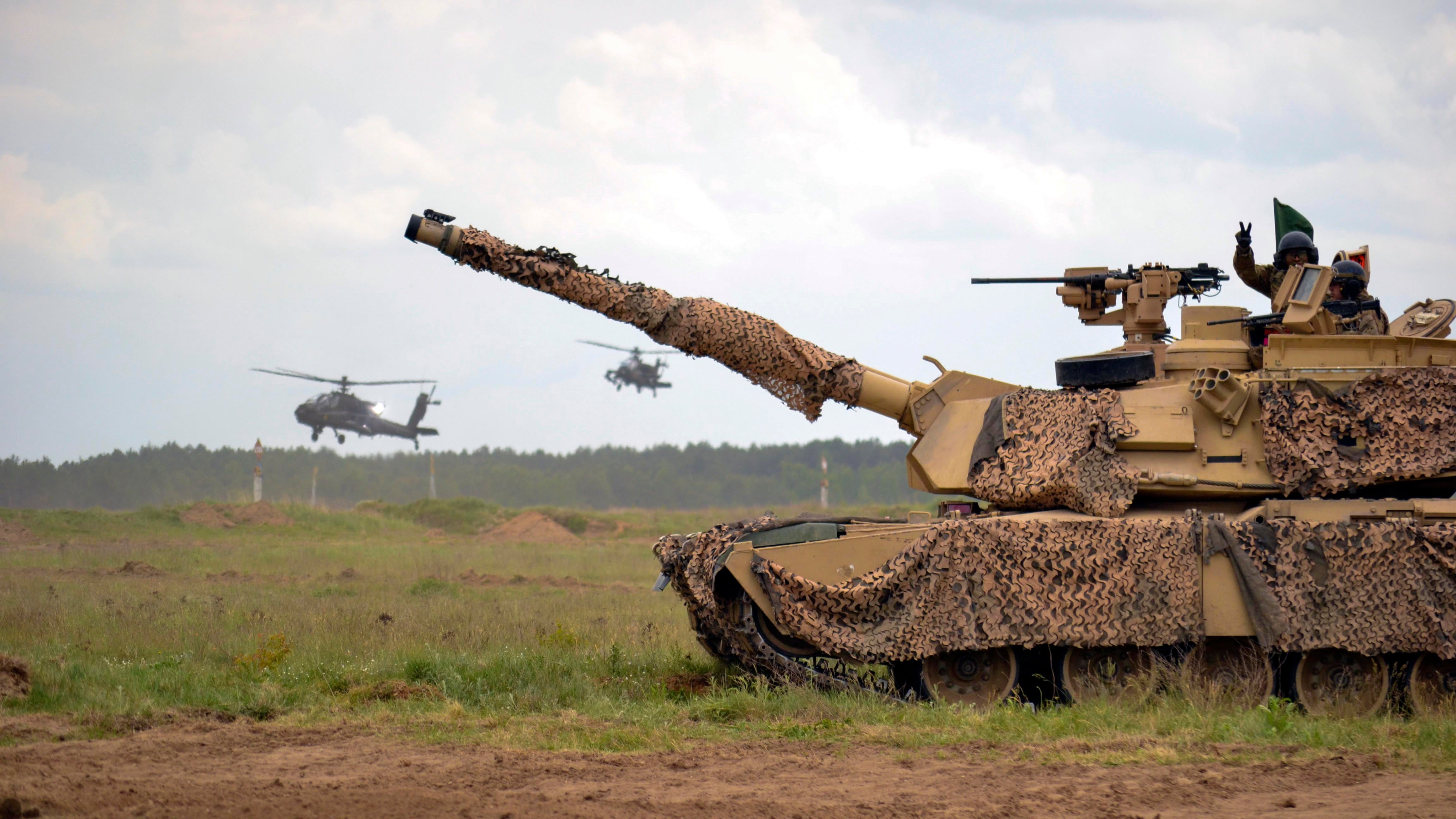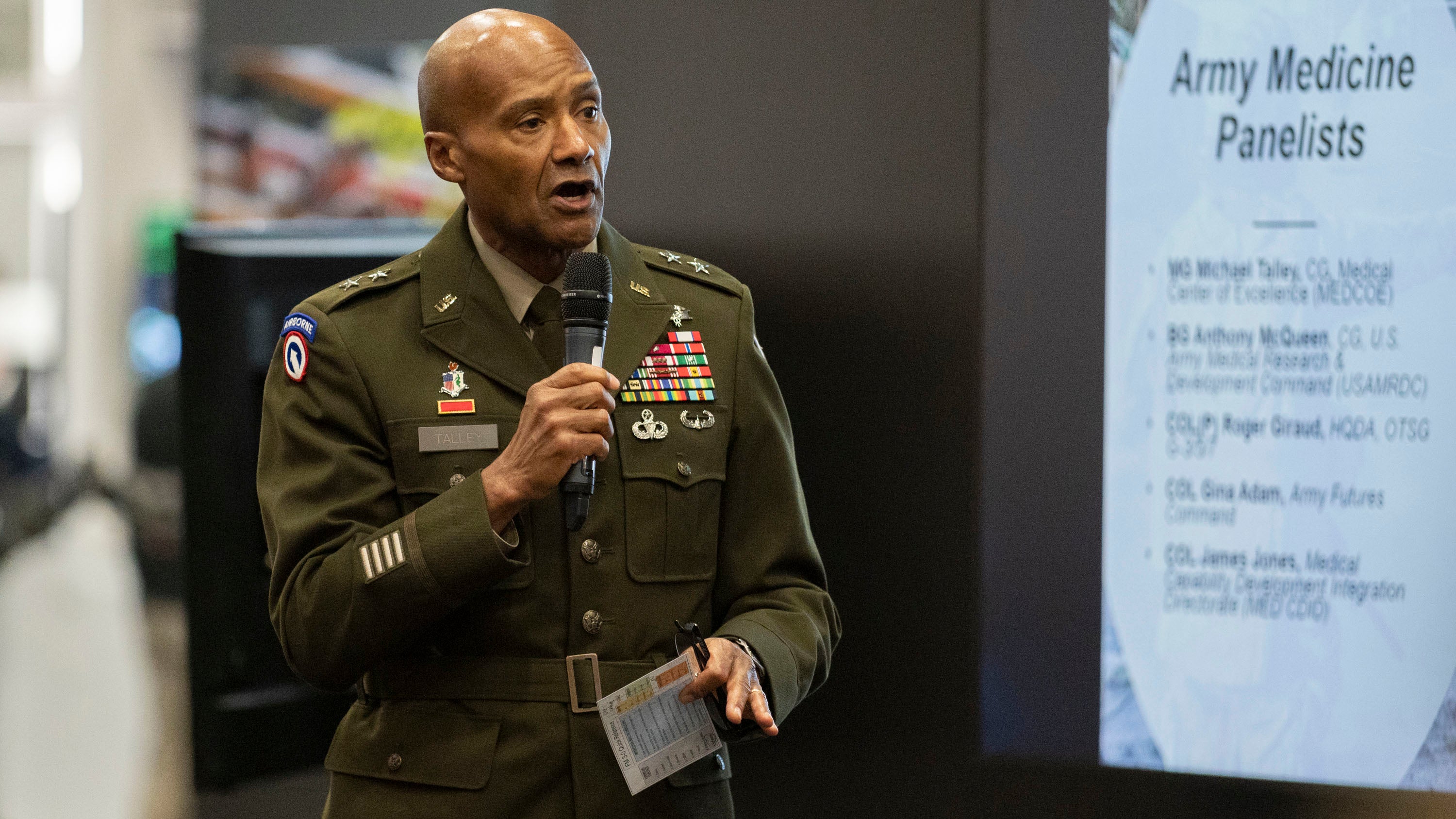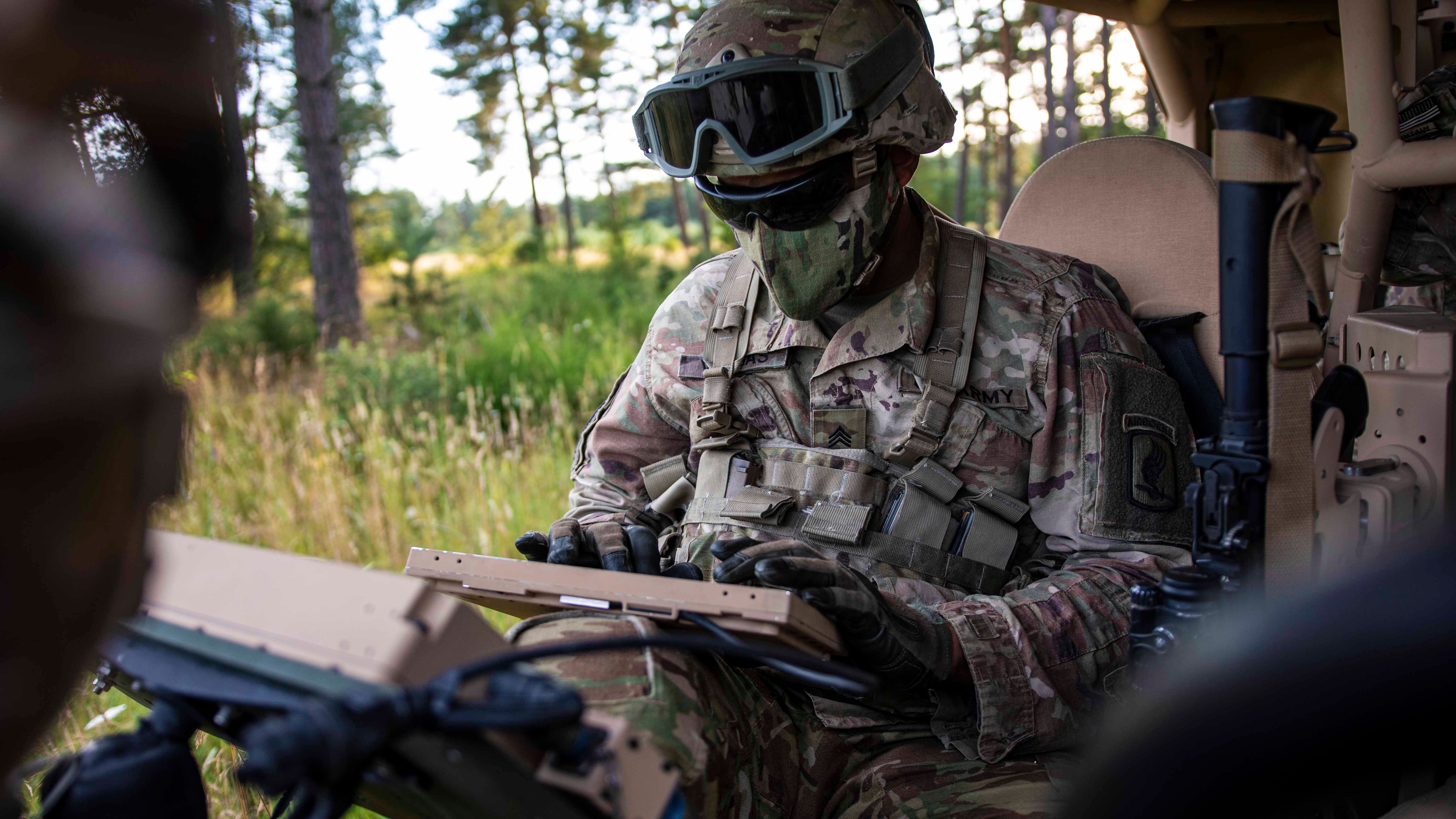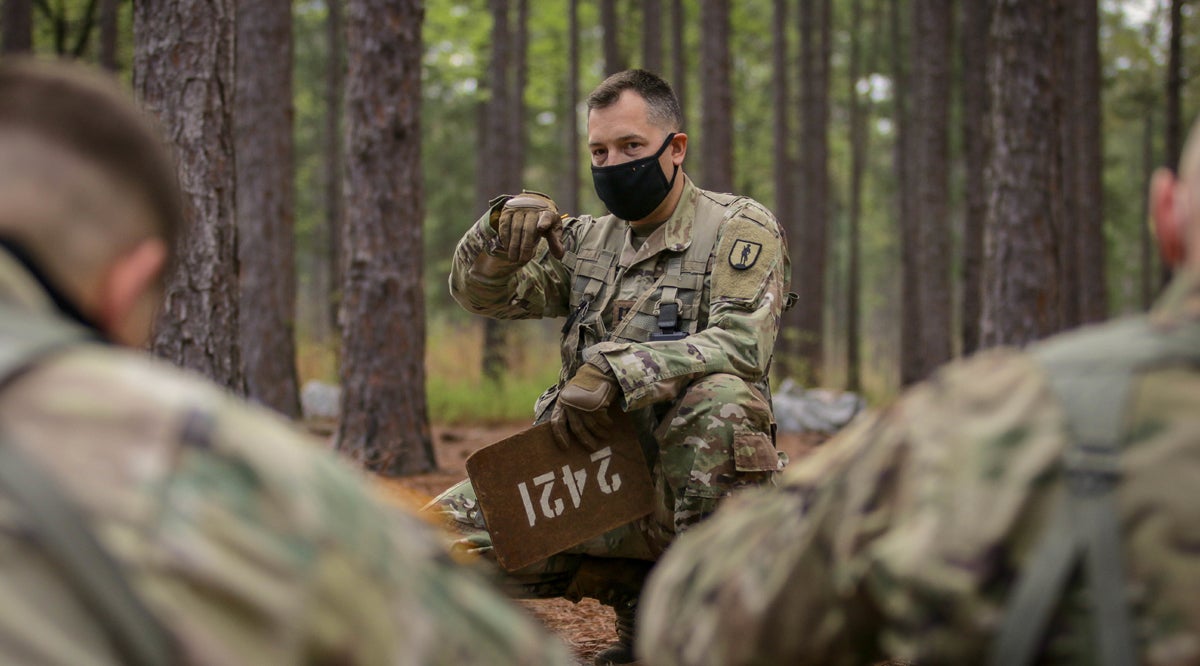Army Stands Up New Cross-Functional Team
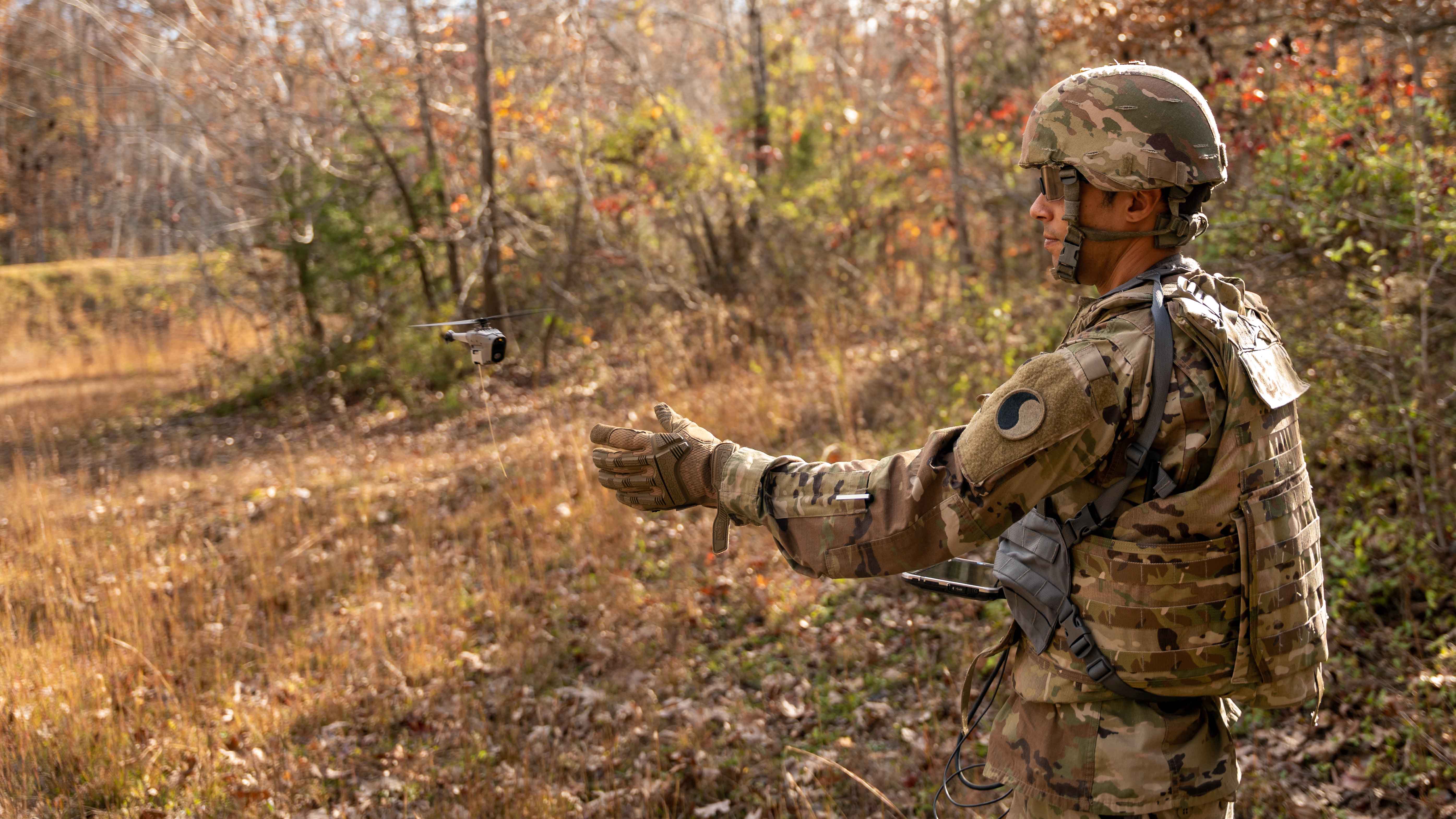
The Army is creating a new team focused on helping the force better see, sense and target deep into the battlefield.
The All-Domain Sensing Cross-Functional Team will be stood up out of the Assured Positioning, Navigation and Timing/Space Cross-Functional Team, Army Futures Command announced March 26 during the Association of the U.S. Army’s Global Force Symposium and Exposition in Huntsville, Alabama.


